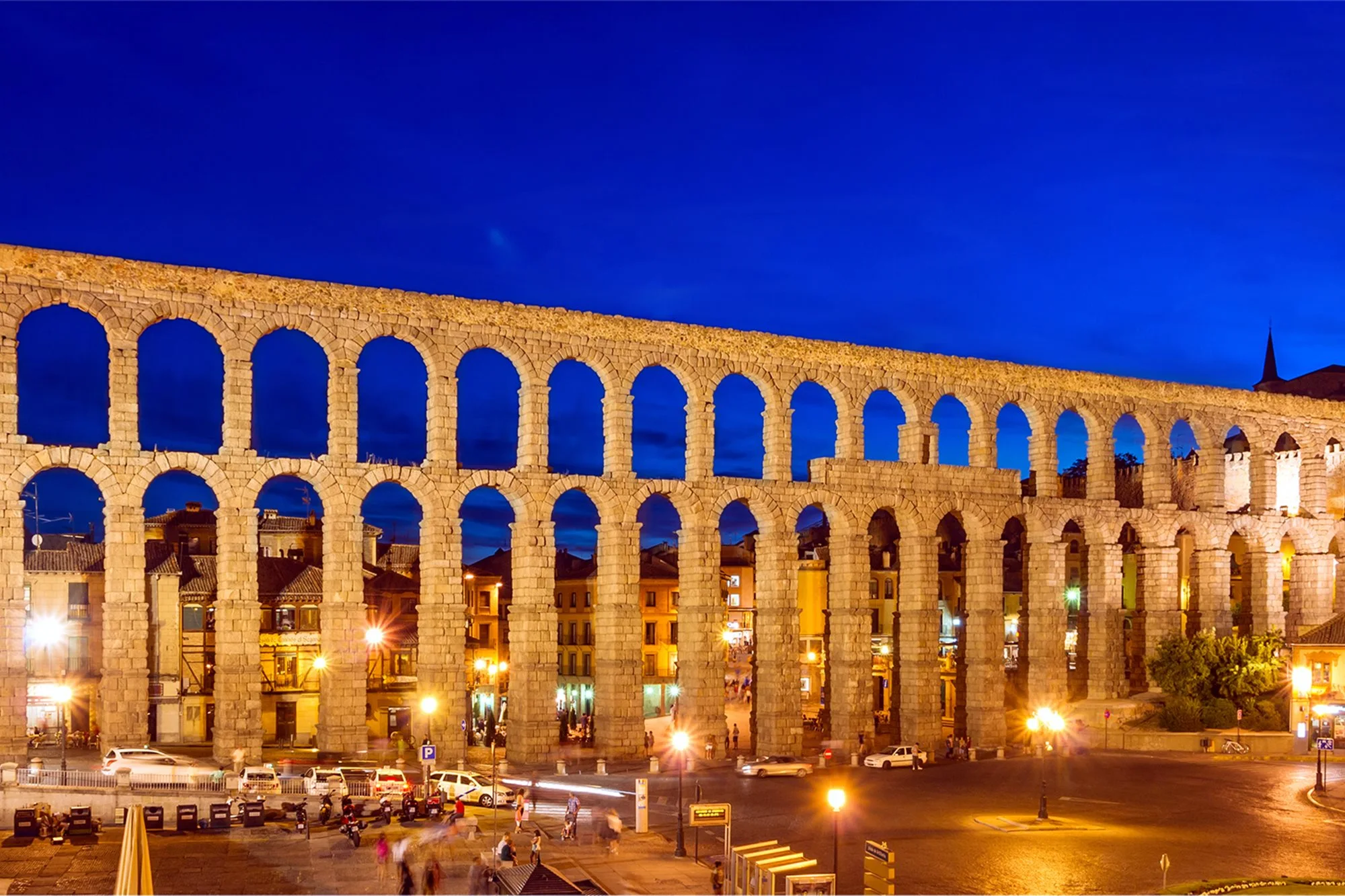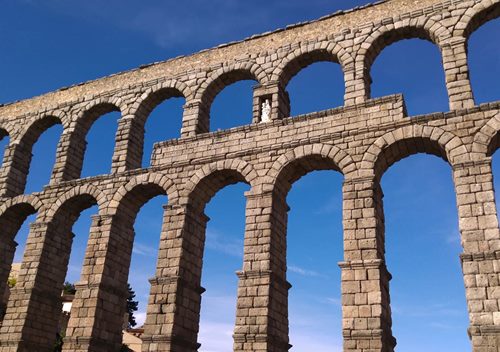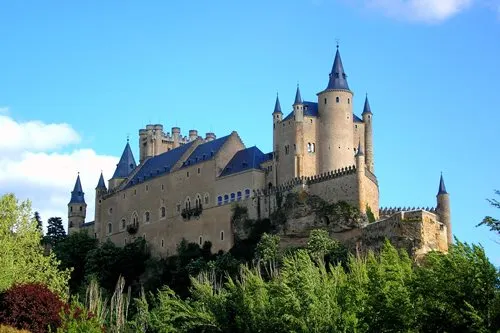
Cookie settings
We use our own and third-party cookies in order to offer our services, display videos, obtain statistics and offer personalized advertising.
For more information, please read our cookies policy.

The aqueduct continues being an enigma for historians and archaeologists. No one knows anything about its history and none of Romans remains have been found in this place to give an idea of that historical time. It is a huge and very important building, however no one knows if there was important Roman population living here. It was probably built in order to supply a legion that would stay here waiting for orders to fight against the Vaccei.
Historians also disagree the date of its construction. Some of them state that it was built in times of Augusto, the first emperor of the Roman Empire from 27 B.C. to 14 A. C., and others say that it was in times of the emperor Claudio (41-54 A.C.) It has been working throughout the centuries and perhaps that is why it has arrived to our days in a perfect state.
Segovia was the Celtiberians´ place of resistance against the Romans. It was occupied by Romans and was devastated in 80 B.C. During the Arab rule, it became capital city and later, it became the King Alfonso X el Sabio´ s court. In this town, Doña Isabel la Católica was proclaimed queen in 1474 and Don Fernando el Católico swore to respect the privileges of Castile.
A city as beautiful as Segovia deserves a first encounter with its history. Book this essential free tour and get a close look at the Roman aqueduct, its length, and its number of arches. Stroll through its narrow streets, admiring its traditional houses and landmarks such as the Segovia Cathedral.
All this and much more awaits you in the company of a knowledgeable guide. Plus, you'll receive the best recommendations on where to enjoy authentic Segovian suckling pig.
Address
Plaza del Azogüejo, s/n. 40001 SegoviaIf you see any mistakes or want to add anything to this information, please contact us.

A city as beautiful as Segovia deserves a first encounter with its history. Book this essential free tour and get a close look at the Roman aqueduct, its length, and its number of arches. Stroll through its narrow streets, admiring its traditional houses and landmarks such as the Segovia Cathedral.
All this and much more awaits you in the company of a knowledgeable guide. Plus, you'll receive the best recommendations on where to enjoy authentic Segovian suckling pig.
